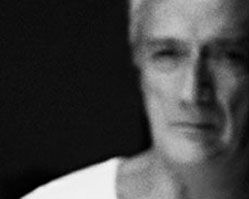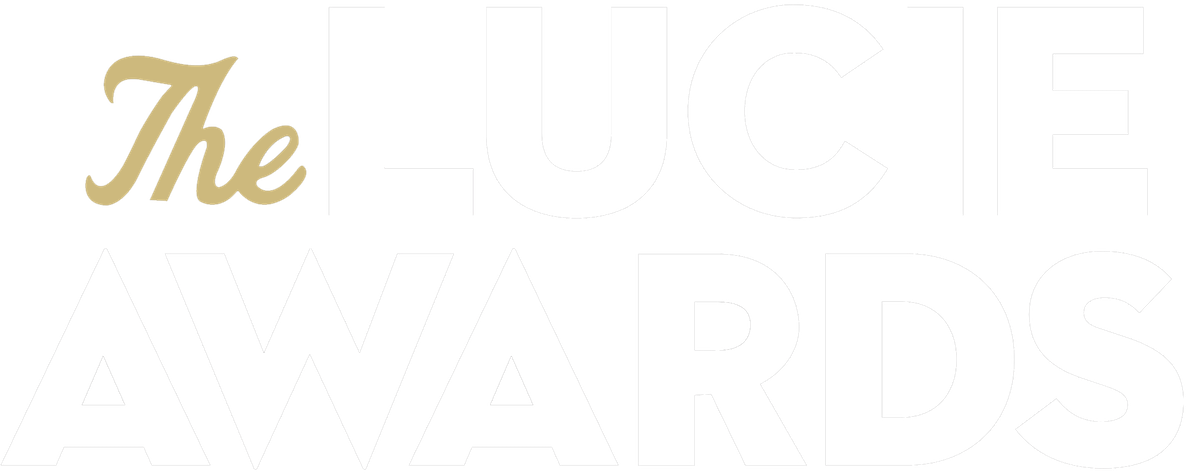
Victor Skrebneski
2013 Honoree / Achievement In Fashion
Born in Chicago in 1929, Skrebneski studied painting and sculpture at the Art Institute of Chicago and at Lázló Moholy-Nagy’s Institute of Design in Chicago. There he showed some of his photographs to Harry Callahan, who complemented Skrebneski’s unique cropping and urged him to visit magazine editors in New York City. “ It wasn’t a decision of mine to switch to photography, it’s just what happened. Photography was something I fell into and decided I wanted to do for the rest of my life, because I liked it.” He spent a few months in New York and Europe in the early 1950’s. Shortly after returning to Chicago to pack his possessions and move permanently to New York, the then 23-year-old received the first of many assignments from Marshall Field’s department store. “Marshall Field’s kept pouring out the photographs that I was doing, so I figured, I’m going to do the same thing in New York, so why not just stay here? And that’s what I did, says Skrebneski, who established his Chicago Studio in 1952. Although most publications credited with making a fashion photographer’s career are based in New York, Skrebneski continued to flourish in Chicago where he chose to stay and shoot ads. Attracting the attention of influential tastemakers, New York began to come to him and he was soon shuttling between the world’s fashion capitals. Frank Zachary, Town & Country’s influential editor-in-chief from 1972-1991 once noted of Skrebneski, “Victor is a Chicago boy who never left home, but became a citizen of the world through the medium of his art. Impeccably composed, immaculately rendered, the Skrebneski photograph is his universal passport.”
By 1962, Skrebneski had become the exclusive photographer for Estée Lauder and continued that relationship for 27 years. His long term relationships with other clients include, Grosvenor Furs, I. Magnin, Saks Fifth Avenue and Town & Country Magazine. He has continued to work for the fashion industry, photographing for Ralph Lauren, Chanel and Givenchy. One need only visit his LaSalle Street home and studio, housed in a former coach house where Skrebneski has lived and worked for over 60 years. Long considered a Chicago icon, the street outside bears a sign that reads, Victor Skrebneski Way, while inside, the walls are lined with iconic photos of the fashionable and notorious who posed for him. Amongst the framed images is one of close friend Hubert de Givenchy with his muse Audrey Hepburn, while another of Iman and David Bowie was taken shortly before their wedding.
His elegant photographs grace the walls of Ralph Lauren Stores around the world. In addition to his commercial work, Skrebneski is well known for his studio portraits, such as his “black turtleneck series”of celebrities, Bette Davis, Orson Welles, Truman Capote and Andy Warhol to name a few. “Photographing celebrities is easy,” he says, “they’re very cooperative.” He has an enduring love for what he calls the “big modern movements.” -surrealism, cubism, dada – and the artists and photographers whose work has defined these movements. “His photographs represent a classicism in life style – a desire for order, which has been missing in our chaotic times. He imposes an order on life through art,” says Frank Zachary, Editor in Chief Emeritus, Town & Country Magazine. “Black, white and gray are my favorite colors.” Many of his commercial photographs are in color and much of his own work is in black and white. Motion blur is another Skrebneski signature. “In the fifties I started to use motion in my photographs. I would use a slow shutter speed and have everything blurry. I love blurry.” “In fashion, concentrate on the face to make sure the girl is beautiful. In portrait photographs, concentrate on the face to get the character of the person. “What I do is instinctive; it isn’t plotted and planned. It’s just compiling everything that I have ever seen into a thought and I use that thought when I need it. “A photograph is about seeing – it is observation.” Skrebneski says very little about his own work. “I avoid talking about my photographs and the way that I work. I’m passionate about my photographs – I prefer not to explain the images. My favorite photograph is the next one.”
His works have been shown in Museums and Galleries in London, Paris, Hamburg, Modena, New York, Los Angeles, San Francisco, New Orleans and Chicago and are in the Permanent Collections of Museum of Modern Art in New York, Los Angeles County Museum of Art, George Eastman House and Museum of Contemporary Photography in Chicago.
